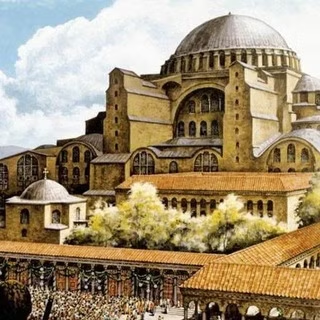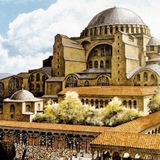Architecture of the Byzantine world
Канал

4,63 тыс.
подписчиков
8,97 тыс.
фото
12
видео
52
ссылки
Project dedicated to the architecture of Orthodox countries and the Byzantine Empire.
Russian version:
@orthoarchRU
____________________________
Orthodox Directory: @Orthodox_Directory
The Church of Saint Abanoub in Sebennytos, Egypt. Initially dedicated to the Theotokos, the church was built here, according to legend, back in pagan times, and the relics of the saint, executed at the age of 12 for refusing to renounce Christ, allowed temple to survive the centuries of Muslim power.
Classicism in unusual proportions - the Church of the Beheading of John the Baptist in Sarov, Russia.
Sagarejo Church of Apostles Peter and Paul, carvings of which are inspired by the famous temple in Ananuri.
In the Archangelsk countryside, in the village town of Krasnoborsk, there is a real treasure - the Trinity Church, which was not closed during the Soviet years. Not only the beautiful interior has been preserved here, but also the ancient tradition of decorating icons with rushniks (traditional embroidered towels).
